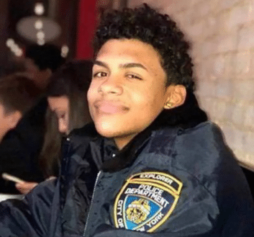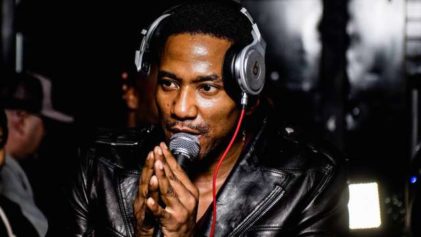How did the Bronx Museum of the Arts, an institution on the Grand Concourse that is far removed from the tourist precincts of Manhattan’s Museum Mile, boost its attendance by 50 percent last year?
Not by staging a blockbuster exhibition or opening a grand new wing. It simply stopped charging admission.
Now the free admission program, which started last March, will be extended and expanded through 2015 as a result of a $500,000 gift from the philanthropists and art collectors Shelley and Donald Rubin.
“There has been a long discussion here about going free,” Holly Block, who has been executive director of the museum since 2006, said. “Even a suggested donation is a barrier for our local community.”
Rubin said he was moved to help the museum, at the corner of 165th Street in the Morrisania section, because he believes it is an important institution and because he has a soft spot for the Bronx, having done a lot of work there when he started MultiPlan Inc., a managed health care company.
“I really believe museums are one of the great institutions of the world,” he said. “I’m 78 years old. I want to do with my life what I really want to do — to do good.”
Rubin and his wife, who live in New York City, founded the Rubin Museum of Art on West 17th Street in Manhattan, which is dedicated to the art of the Himalayas.
The Rubins’ donation was announced at a Bronx Museum gala on Monday, where they were honored, along with Wallace Edgecombe, former director of the Hostos Center for the Arts & Culture, and the artist Sarah Sze, who will represent the United States at the Venice Biennale this summer in a pavilion commissioned by the museum.
With its new financing, the Bronx Museum plans to offer more than 30 additional schools and neighborhood groups free cultural programs, including after-school activities, visits for the disabled and events for local hospitals, businesses and settlement houses.
Ms. Block said the jump in annual attendance — to 50,000 from 25,000 — is a result of not only the elimination of a suggested admission fee (which had been $5 for adults) but also of the aggressive marketing effort that has accompanied it, including bus and subway posters and radio ads.
Read more: NYTimes

